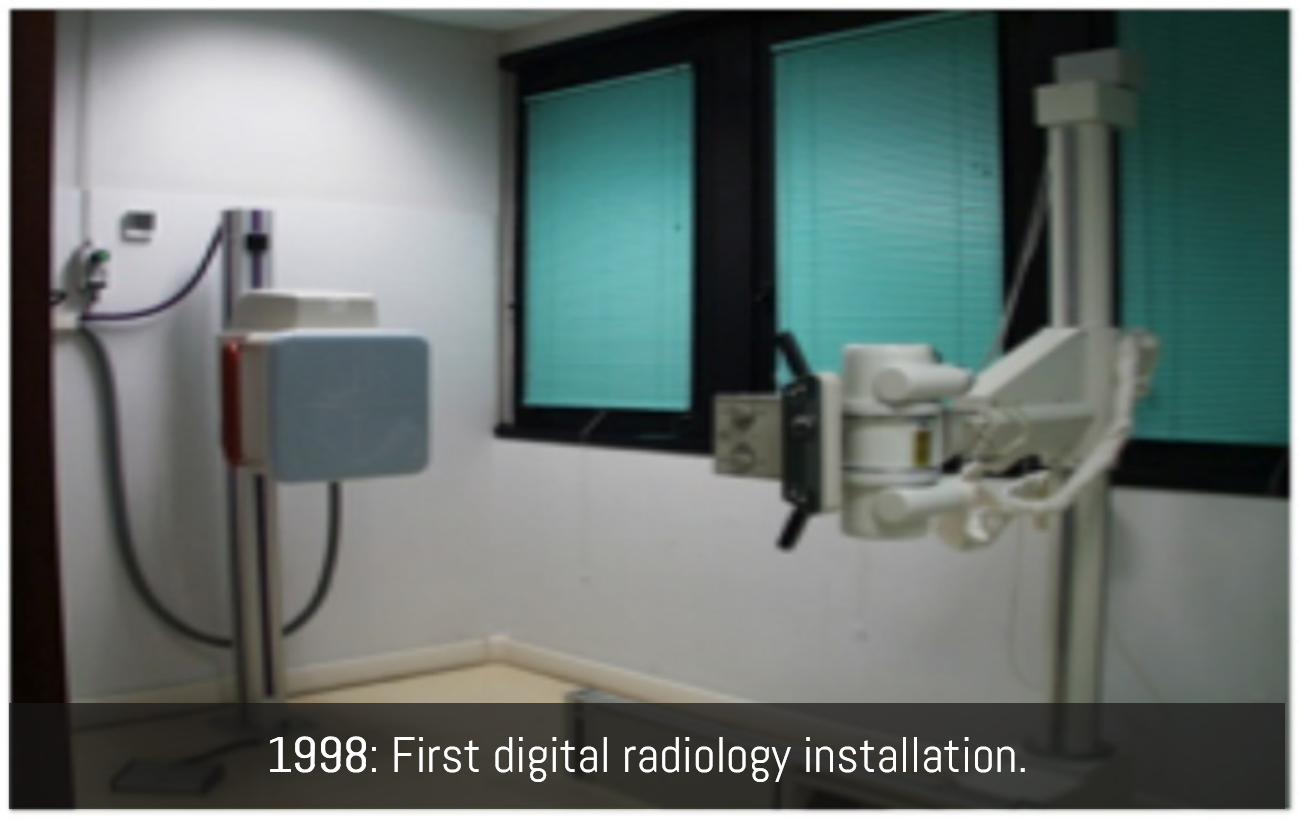In 1968, Luigi Donato, taking inspiration from an idea of Gabriele Monasterio, and drawing on his experience as a cardiologist and a pioneer of Nuclear Medicine, as well as the technological experience gained by working with Franco Denoth, Paolo Mancini, Rodolfo Saracci and Umberto Rosa, set up the Laboratorio di Fisiologia Clinica of CNR, first within the Clinica Medica of Pisa University, and then in a place of its own, within Santa Chiara Hospital in Pisa. From the start, the philosophy was about combining clinical-healthcare work with technological advancements by integrating skills ranging from physics to mathematics, from chemistry to biology, from electronics to IT, always with the Patient at the centre of it all.Schermata 2017-06-16 alle 15.57.50 In what would soon become the Laboratorio di Fisiologia Clinica of CNR, professor Donato was joined by such names as Attilio Maseri, Ferruccio Fazio, Carlo Giuntini, Romano Bianchi and Carlo Contini. The idea of a two-way interface between research and clinics, which might help understand, at the patient’s bedside, which technological and informative problems needed to be addressed, and test the effectiveness of any new skill or technology acquired along the way, also at the patient’s bedside, became a reality. The IFC’s four macro-areas of research (clinical physiology and experimental medicine; biology, biochemistry and molecular medicine; technology and basic science for medicine; epidemiology and research in healthcare services) would be part of this process, as each one actually encompasses both research and clinical application. Over the years, IFC geographically expanded with its scientific and/or clinical work taking place in Milan, Lecce, Rome, Siena and Massa. In the Seventies, IT and engineering made their appearance in the medical arena; Italy’s first SPECT (“MEDUSA”) was installed. Italy’s first (and Europe’s third) Positron Emission Tomography device, supported by an internal laboratory for the production of radiopharmaceuticals (equipped with Europe’s first mini cyclotron), was unveiled in 1985. By the late Eighties, it had become the first clinical-scientific centre to use high-speed connections on a fledgling Internet. At the same time, it very quickly became a world-wide point of reference for cardiac ultrasound scanning. In the Nineties, it launched new angiographic and ventricolographic techniques in Italy. In 1993, IFC was named by the Health Ministry a Centro di Ricerca per l’Erogazione di Attività Sanitarie (CREAS – Research Centre for delivery of healthcare), under MD 26/06/1993, and also took charge of the Apuano Children’s Hospital “G. Pasquinucci” in Massa, where the area of paediatric heart surgery was completed and integrated with adult heart surgery, ready to treat patients from all over the Mediterranean. In 1996, the prestigious “The Lancet” listed IFC as one of the 4 centres of excellence in Italian biomedical research. By the late Nineties, the first Hospital Information System had been developed as a combination of medicine, management and technology, setting the example for the next generations across Italy. The first Digital Radiology system was installed in 1998, and in 2000, after relocating to the Research Area of CNR in Pisa, IFC set up a Magnetic Resonance laboratory. On November 1st 2007, IFC divested itself of CREAS’ healthcare operations, which were taken over by the Fondazione Toscana “Gabriele Monasterio” (the founder members of which are CNR and Regione Toscana), so as to have a consistent conceptual and operational link between cutting-edge research (which would remain the CNR’s distinctive trait), and the clinical application and testing thereof, which would be developed by CNR as part of the Foundation.
By celebrating its first 50 years, the event "IFC50 +: biomedical research for the Society" outlined the future Research strategies devoted not only to the patient, but also the Citizen in health, as the focus of its scientific activities. Without forgetting the principles outlined at the time of the foundation, the actual mission aims to prevention activities which ensure, as long as possible, a good quality of life and good health, in an environment that, in the meantime, has evolved and includes a greater number of risk factors.
Therefore, IFC aims to keep its scientific leadership, joining scientific projects either as a coordinator or as an active partner, taking part in an increasing number of national and international grants, and interacting with the principal brands of the industrial world for what regards the transfer of innovation herein developed (and often patented).



 IT
IT  中文
中文 





















